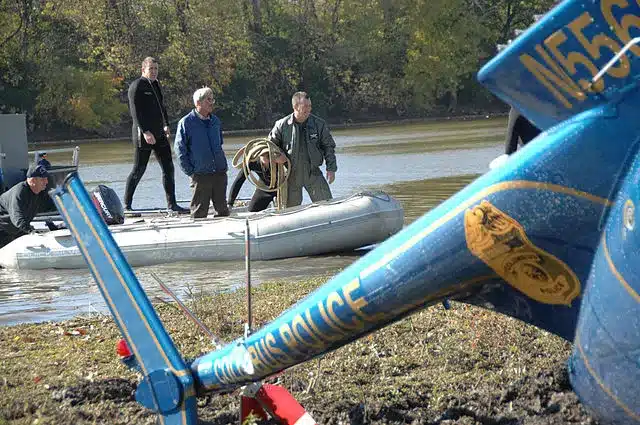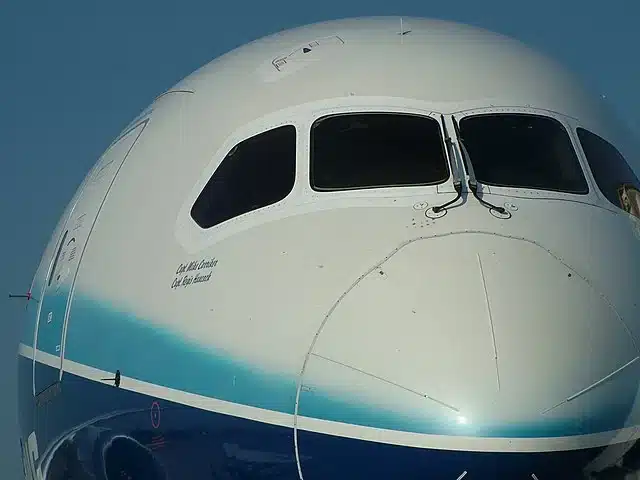Full Flight Simulators - Keep it Real
Are you a young pilot, or still pre-pilot? Then listen up. A lot of rules and regulations around Full Flight Simulators – and other types of simulation – await you. Now, but especially in the future.
In the Full Flight Simulator is where Airlines will assess your skill level. To decide if you are worthy of continuing your career with them. Oh, and only 60% of emerging pilots pass these airline assessments.
Need to know why? Read on.
Full Flight Simulator - Explained
If You Only Have a Minute!
The Federal Aviation Administration (FAA) has FOUR LEVELS (A, B, C, & D) of Full Flight Simulators. Each with specific requirements:
FFS Level A: This level mandates a motion system with a minimum of three degrees of freedom – exclusively for airplanes.
FFS Level B: Level B necessitates a three-axis motion system and a more sophisticated aerodynamic model compared to Level A. Helicopter flight simulators start here.
FFS Level C: This requires a motion platform with all six degrees of freedom. Additionally, it demands lower latency compared to Levels A and B. The visual system must provide a horizontal field of view of at least 75 degrees for each pilot.
FFS Level D: The highest qualification level. The motion platform must have all six degrees of freedom, and the visual system should offer a horizontal field of view of at least 150 degrees with a Collimated (distant focus) display. Level D must also have realistic cockpit sounds, along with visual effects.
What is a Full Flight Simulator exactly?
A Full Flight Simulator is an exact replica of a commercial aircraft cockpit inside a pod, supported by a sophisticated hydraulic system that allows “full motion” similar to the real aircraft. For all intents and purposes – it feels, looks and behaves like a real aircraft.
FFS are critical for new pilots to learn who an aircraft feels and flies, especially when things go wrong. So start your research now. The good news is that simulation is getting better and cheaper. VR/AR is allowing you access to full flight simulators without having to pay the hourly rates so you can play with those knobs and levers without any real Loss of control inflight threats.

Initial and Recurrent Type Training
The visual system is a perfect recreation of the real world and can replicate day, night and every sort of weather imaginable. And while pilots new and old conduct their initial or “recurrent” training as mandated by EASA or the FAA, psychotic instructors sit just behind the Captain and First Officer seats and literally pull the plugs on Engines, Systems and critical components and see how they react.
Why do we do this? Because this is Safety Critical Training and we need to show pilots what could happen, so they can practice their recovery skills. This type of recreation is cheaper and better suited for training, as opposed to trying these same things on a real aircraft.
Level D
So who and where are these training Companies? Right here. Below are the FFS Level D Aviation Training Organizations or ATO’s as we call them. Under approvals from their respective authorities (for example the FAA, or EASA or the UK CAA) these ATO’s produce specific aircraft simulators for the commercial aviation industry, namely the Airlines.
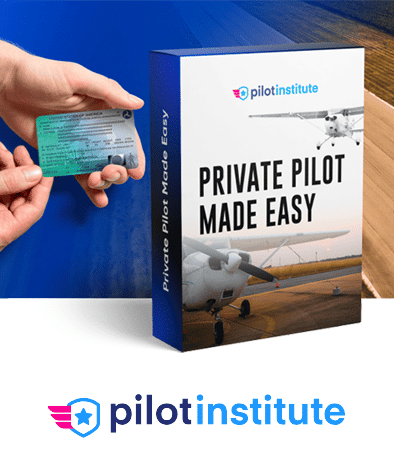
Pass the FAA Private Pilot test with flying colors. Achieve your dreams of flying an airplane.
World's Top Pilot Training Organizations
| Training Provider | Locations | Aircraft Type | Click-Worthy | |
|---|---|---|---|---|

|
British Airways Flight Training | London, UK | A320, A350, A380, B747, B777, B787 | Jenson Button Lands an A380 at BAFT |

|
Boeing US Training | Worldwide | All Boeing Types | Boeing Pilot Shop |
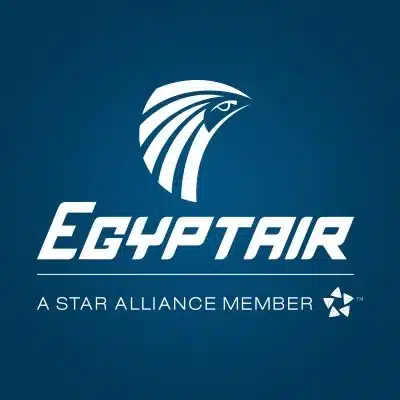
|
Egyptair Academy | Cairo, Egypt | A220, A320Neo, A330, A340, B777, B737NG | |

|
Quadrant Pilot | London Gatwick, UK | A320, B737NG | Pier Seven |

|
Lufthansa Aviation Training | Munich, Germany | All Boeing and Airbus Types | LH VR Hub |
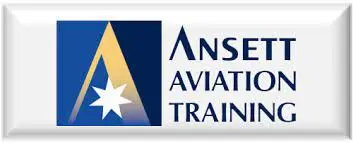
|
Ansett Training | Australia, Dubai, Taipei | A320, ATR72, E190, B737, Dash-8 | |
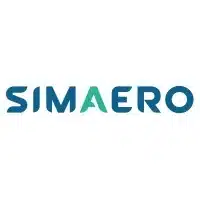
|
SIM Aero | France, China, South Africa | All Boeing and Airbus Types | SIM Wisdom |

|
CAE STS | Europe, India, Australia, USA | All Boeing and Airbus Types | Airside |
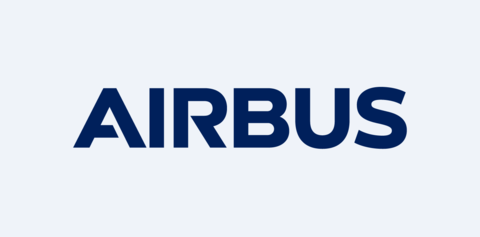
|
Airbus SAS Training | Toulouse, France | All Airbus Types | VR Procedure Trainer |
Airline Pilot Preparedness - Read this!
Ok, we need your attention for just a minute. If you are a young person considering flying as a career, or maybe between single engine PPL and trying to move up the ATPL ranks – then listen up. Not all ATO’s are the same. The simulator is just a tool and some wield it better than others. You need to pick the ATO (Aviation Training Organization) that wants you to succeed when it matters the most.
During Airline Pilot Assessment.
Cadet Assessment
You need to get your qualification levels up to those of Commercial Pilots. Therefore your training needs to be more like operating. This means your competencies – KSA 100 – need to be designed around the same competencies designed by the airlines. Oh and Gen Z learning traits are changing the game, and means we need to change the qualification requirements and training Credits.
Emergency Procedures
These days ATO’s just seem focused on getting student pilots to pass their exams – instead of getting them accepted into jobs as pilots. Don’t fall into that trap. Know that a lot of trainee pilots struggle getting their first job because some ATO’s just want you to “pass” these theoretical assessments.
Don’t settle for that. If your ATO is aligned with an airline, or already has a cadet program with a big airline – that’s a huge plus. Because the correct competencies should be already embedded in the syllabus.
But if you are studying ATO suitability, you need to ask yourself if their approach to pilot preparedness involves how airlines will assess you when your ready. And if they are focused on getting you there.

Full Motion Flight Simulator - The Future
The higher the level the more training credits you get, instead of flying actual aircraft. ATOs and Airlines prefer to use the Level D as it results in reduced training requirements in real aircraft. Will we need level D sims in the future? Of course. If fact we probably need level E (our idea!) which includes realistic AIR TRAFFIC simulations. So that pilots can start to feel that stress if Radio chatter and other aircraft . Advances in Gaming tech – such as the Unreal Engine and AI should help us get there.
Unreal Engine Loading
Motion is critical in terms of pilot assessment as it best reproduces aircraft states and has a better overall psychological assessment of the pilot. Non-motion FTD’s are ok for familiarization and basic competencies – but it is the external factors that affect the aircrafts response that is needed. Situational awareness – decision making process – Eases the transition to aircraft – B737max saga – no SIM training
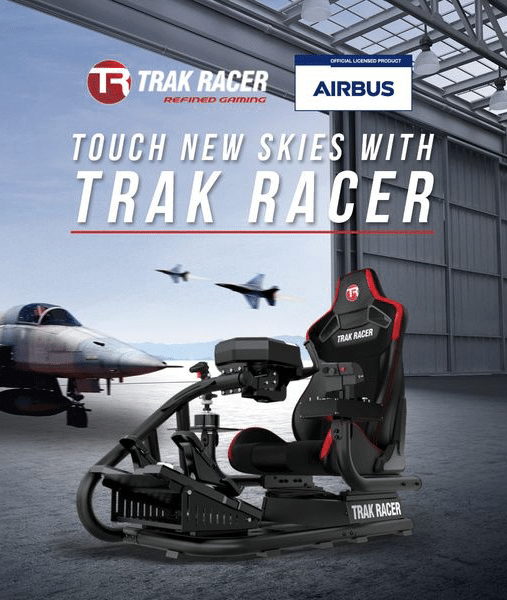
Get yourself in the sky today and feel what it’s like to be a pilot!
SATCE Flight decks
Full motion flight simulators are not enough and there is a need to create a better “link” between the ATO’s and the Airlines. Sometimes trainee pilots need further bridging training after their training to get them better prepared for airline work.
A solution to this could be SATCE or “Simulated Air Traffic Control Environment” there is a big demand for realistic Air Traffic scenarios, so pilots can develop their skills in crowded airspace. Going from training to a commercial airline is like driving a small car in rural Idaho to driving a city bus down park avenue at one on a Saturday.
How much to Rent a Full Flight Simulator?
Full Flight Simulator Charges
$400-$500 USD – per hour is a good guide.
But that’s just the Dry Charges. Which means that’s just you alone in the simulator without any prep, or instructor or assessment.
Airlines will book a number of hours in the sim for a two-pilot crew but it have a Plan and contain all of the elements to satisfy a particular function.
For example
- Recurrent Type Training – on the aircraft they currently fly.
- Initial Type Training – Introduction to a new Type, say the A320 or B777
- Differences Training – Swopping from one type to another, say from the A320 to the A380
All of these variations involve multiple sessions with many hours of simulated flying and emergency scenarios.
Dry Sessions Versus Wet Sessions
So following on lets explain the difference between Dry and Wet Training Sessions, which you will hear mentioned. Dry is where the Simulator Owners/ATO just provide the Level D simulator and nothing else (and you bring your own Instructor). Wet is when they provide the instructors and design the session around exactly what you need to accomplish.
level-D Add-ons
On top of that dry rate, will be the Ground School component, which could be $1000-$2000 USD per day. Instructor rates, which could be $1000 per session and even a TRE (Type Rating Examinator) who could be there to perform further assessments. At around $1500 per session.
Full Flight Sim Manufacturers
Here are the Worlds leading Manufacturers of Simulators. Most cost as much as the aircraft itself. But if you need to know who builds these Level D Simulators, look no further.
Full Flight Sim Experiences - Best

Visual Systems & Degrees of Freedom
Degrees of freedom (DOF) in the context of Full Flight Simulators (FFS) refer to the different ways in which the simulator can move or be adjusted. In the simulation world, these degrees of freedom are classified into six categories, representing the possible movements and orientations in three-dimensional space. Here’s an explanation of each degree of freedom:
Linear Motion (3 DOF):
- Surge (Forward/Backward): Simulates the movement of the simulator along the forward and backward axis.
- Sway (Left/Right): Represents lateral movement, simulating side-to-side motion.
- Heave (Up/Down): Mimics vertical movement, creating the sensation of the simulator rising or descending.
Angular Motion (3 DOF):
- Roll (Rotation around Longitudinal Axis): Simulates the tilting motion of the simulator from one side to the other.
- Pitch (Rotation around Lateral Axis): Represents the nose-up or nose-down movement of the simulator.
- Yaw (Rotation around Vertical Axis): Mimics the turning or twisting motion of the simulator.
FSTD Special Conditions - New EASA Rules
New technologies are coming. VR and AR will lead to improving FSTD but only as additions to the Syllabus and not FSTD replacements. New novel aircraft types, like eVTOL, and the need to perform training on these new types.
Other Solutions

Get yourself in the sky today and feel what it’s like to be a pilot!
- Patrick Westwood
- April 2, 2024


